The history of the Chinese Foo is somewhat murky, but some claim it was originally a cross between the Chow Chow and a line of hunting dogs from Europe. No matter what its history, it is important for potential Chinese Foo owners to educate themselves and understand the unique needs of this special breed.
1. The Origin of the Breed

The origin of a breed can tell you a lot about its modern nature, so potential Chinese Foo owners should learn as much as they can about how the breed came to be. As the name implies, the Chinese Foo originally came from China, where it is still used as a hunting dog.
2. The Chinese Foo is Considered Good Luck
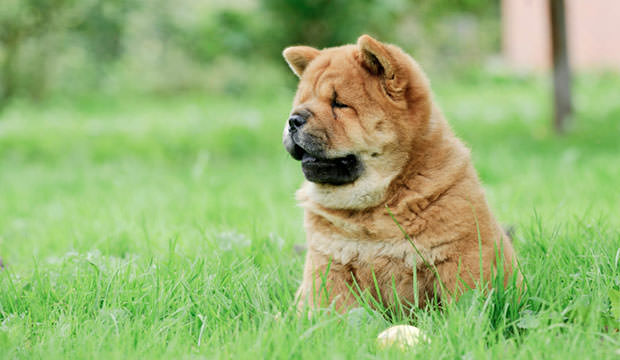
If you need good luck, the Chinese Foo may be the dog for you. The people of China consider the Foo a kind of good luck charm, and welcoming one into the home is supposed to bring good fortune. The Tong clan in China thinks so highly of the Chinese Foo that it adopted the animal as its mascot.
3. A Small Dog
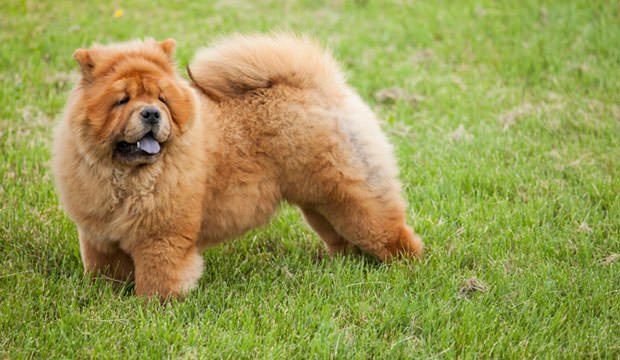
There are three size varieties of the Chinese Foo – the toy, the miniature and the standard. Both the toy and the miniature are quite small, but the miniature version is a bit larger.
The toy Chinese Foo stands about ten inches tall at the withers, while the miniature variety ranges from 10-15 inches tall. The standard Chinese Foo is the largest, standing over 15 inches tall and weighing as much as 60 pounds.
4. Grooming Your Chinese Foo
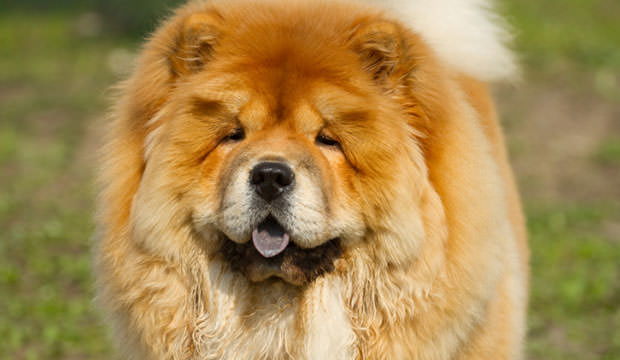
One of the most striking characteristics of the Chinese Foo is its beautiful thick fur coat. The thickness of that coat can make grooming your Chinese Foo a real chore.
You will need a long-toothed comb to get through all that fur and groom the dog properly. You will need to groom your dog once or twice a week to keep the coat looking its best.
5. Bath Time
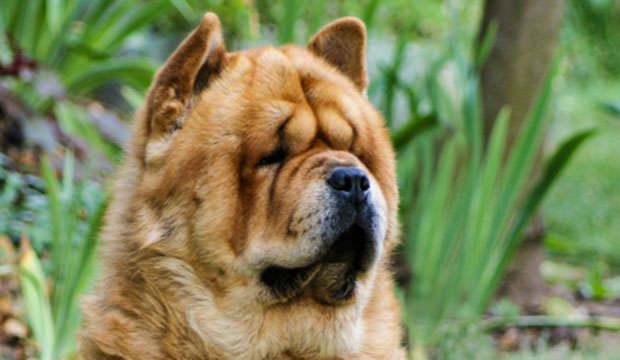
Regular brushing will keep your Chinese Foo’s fur coat looking its best, but you will need to give your pet an occasional bath. Bathing your Chinese Foo can be a big challenge, both because many of the dogs dislike water and because the coat is so thick.
The good news is you should only have to bathe your Chinese Foo about once a month, and you can take it to the groomer if you do not want to do the job yourself.
6. Getting to Know You
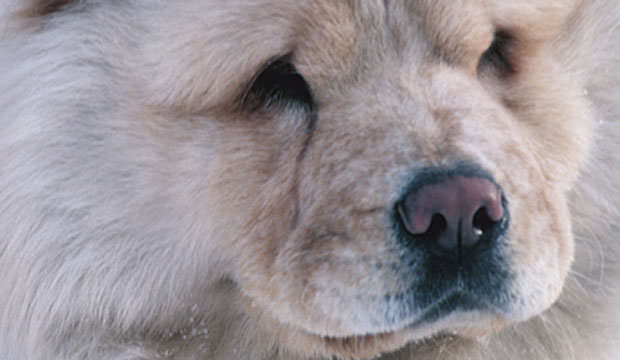
If you are new to the Chinese Foo breed, you should know that the breed can sometimes be a bit standoffish, especially during the first few weeks. The Chinese Foo is often hesitant and shy around new people, so you will need to handle your introductions with care.
7. Active Nature
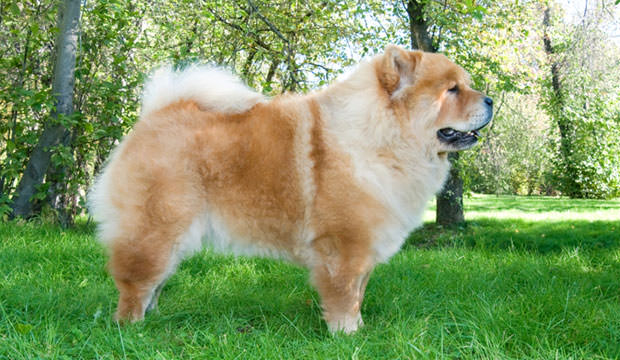
The Chinese Foo is a very active dog, so new owners will need to find ways to keep their new pets engaged. Regular walks and playtime can help channel that excess energy and prevent destructive behaviors. You may want to buy lots of toys and have a toy chest ready before you bring your new Chinese Foo puppy home.
8. A Good Protector
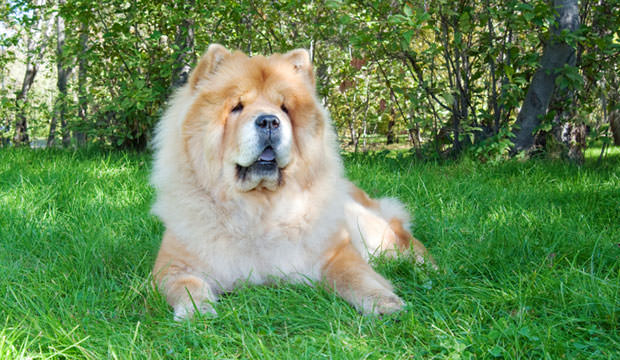
The Chinese Foo dog is fiercely loyal to its family and dedicated to their safety. Their combination of bravery and loyalty makes the Chinese Foo an excellent watch dog and protector.
The Chinese Foo has a natural suspicion about and distrust of strangers. That makes it a great watch dog, but it also means owners need to exercise caution when introducing visitors to their new dog.
9. A Hunting Background

The Chinese Foo was originally bred as a hunting dog, and it still retains that nature. While a well-socialized Chinese Foo should be able to get along with cats, smaller dogs and even rabbits and pocket pets, new owners should introduce those family members carefully. Never leave the dog alone with those other animals, at least until you are sure they are all getting along.
10. An Intelligent Dog
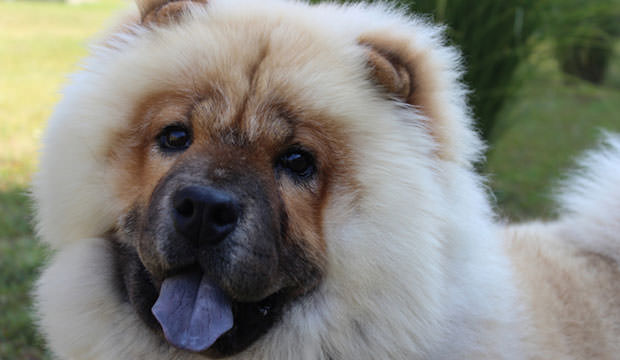
The Chinese Foo is a very intelligent dog, and that can be both good and bad. The intelligence of the breed means the dog tends to be very independent; the Chinese Foo is definitely not a lap dog.
While the Chinese Foo is fiercely loyal and protective, it may not get as attached to its owners as some other breeds. It is important for potential owners to understand that going in.
11. Training Challenges
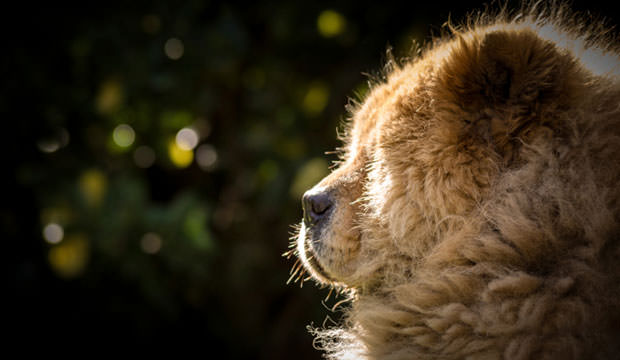
The intelligence and independence of the Chinese Foo can make training a real challenge. New owners are often advised to enroll their animals in a formal training program.
This breed can be quite stubborn, and that stubbornness often frustrates owners when they attempt to train the dog. A professional who is experienced with the Chinese Foo breed can work through those problems more effectively.
12. A Bad First Dog
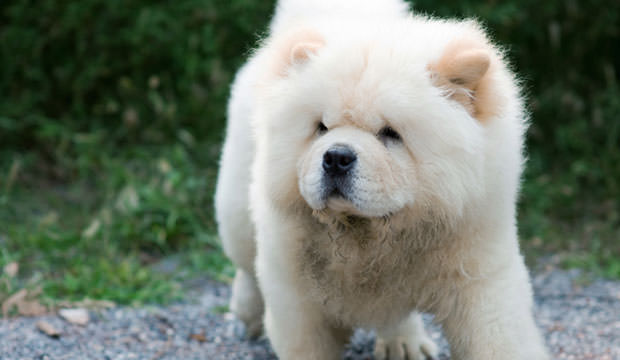
If you are getting your first puppy, a Chinese Foo is probably not the right breed for you. The combination of stubbornness, standoffishness and training difficulty makes the Chinese Foo unsuitable for most first-time dog owners.
13. Seek Out a Good Breeder
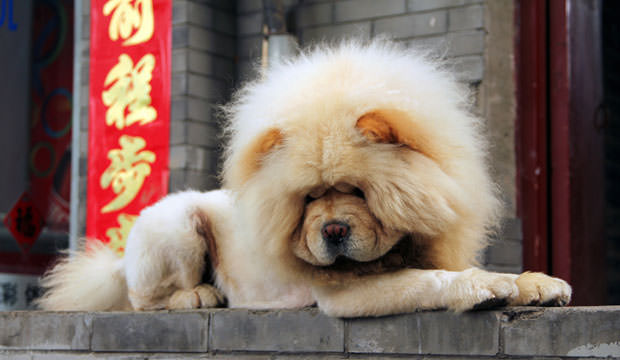
If you still think a Chinese Foo is the right dog for you, it is important to seek out a good breeder – one with a solid reputation in the dog fancy. One way to get a feel for the breed and the people who love it is to attend a dog show.
Go to the show as a spectator, watch the Chinese Foo dogs as they prance around the ring and talk to the breeders and handlers afterward. You will get some good information about the breed and its characteristics, and you will make contacts you can use when you start shopping for a puppy.
14. Talk to Your Vet

It is important to talk to your vet before you bring your Chinese Foo puppy home. The Chinese Foo is still a somewhat rare breed, and not all vets will have experience working with it.
If your vet already has experience with the Chinese Foo, be sure to ask about any specific health problems he or she has seen, as well as any behavioral issues they have encountered.
15. Prepare the Home
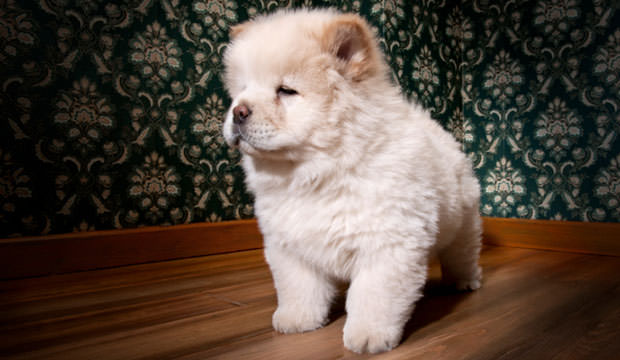
You will need to puppy-proof your home before you bring home your new Chinese Foo. These are active dogs even as adults, and puppies will be even more inquisitive.
Going through the home and removing anything potentially dangerous is a must, since your new Chinese Foo will explore every corner of the house. Be sure to lock any drawers that contain chemicals and cleaning supplies, and keep anything dangerous out of reach.
